Multidisciplinary Project: Analysis of Organic Snack Research Data
VerifiedAdded on 2023/04/19
|7
|776
|444
Report
AI Summary
This report presents an analysis of research findings related to organic snack consumption. The study, employing both primary and secondary research methods, investigates consumer preferences, motivations, and purchasing habits concerning organic snacks. Key findings reveal that the majority of participants are between 20-29 years old and prefer sweet potato-flavored organic snacks with original flavoring, primarily purchased from organic stores for health reasons. The research utilized questionnaires and online surveys to gather data on consumer choices, flavor preferences, and store selections. The analysis highlights the importance of health considerations and affordability in driving organic snack purchases, with a significant preference for organic stores over non-organic options. This report is useful for understanding consumer behavior in the organic food market.
1 out of 7

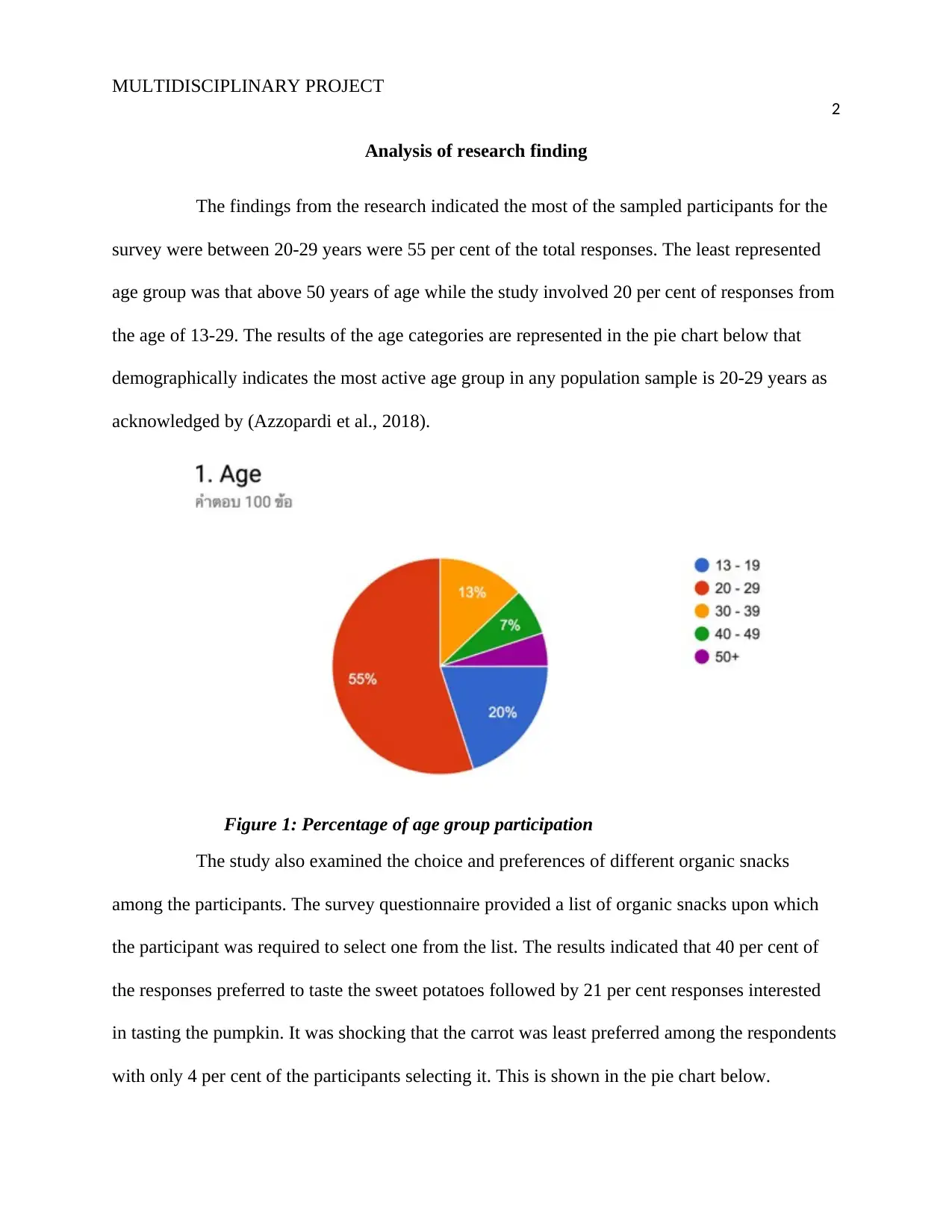
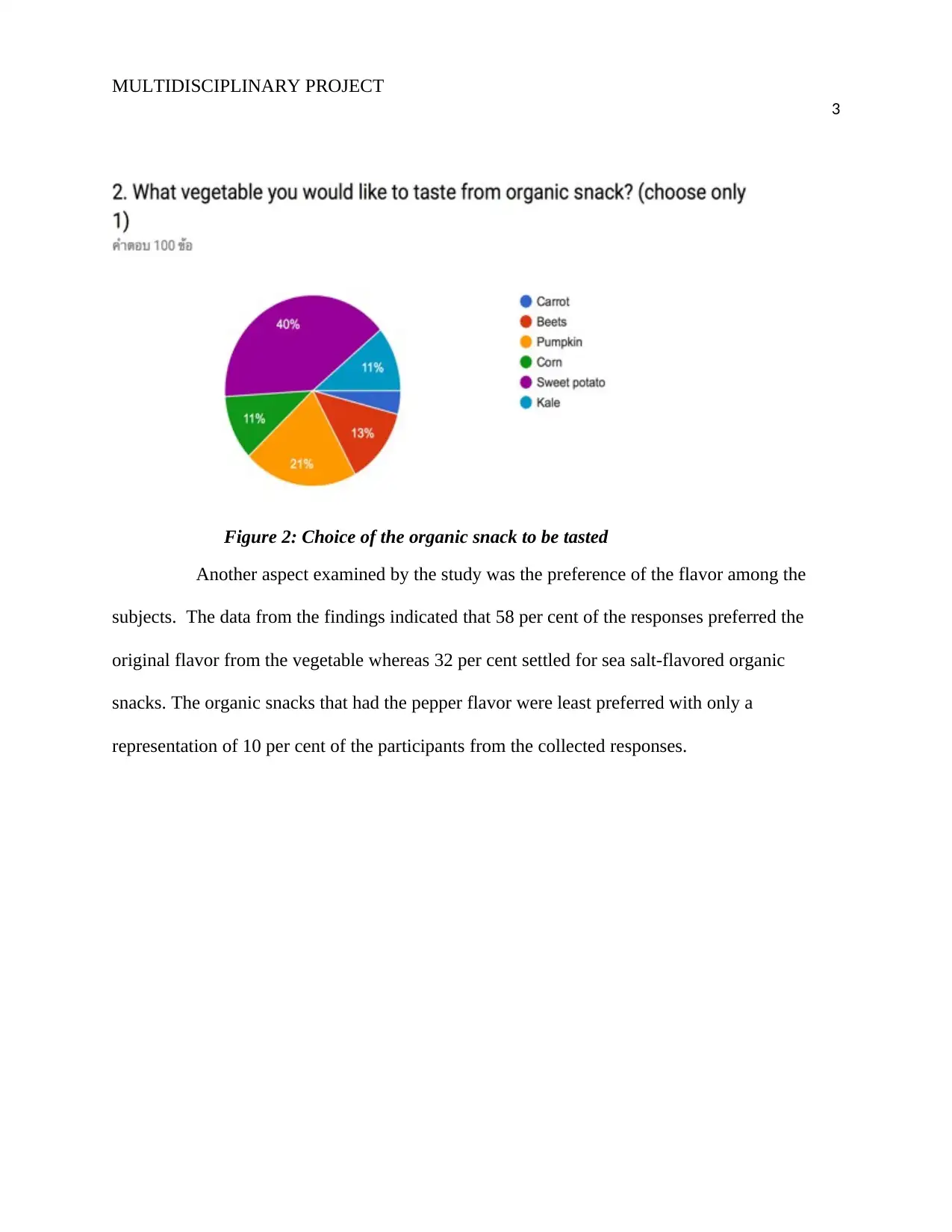

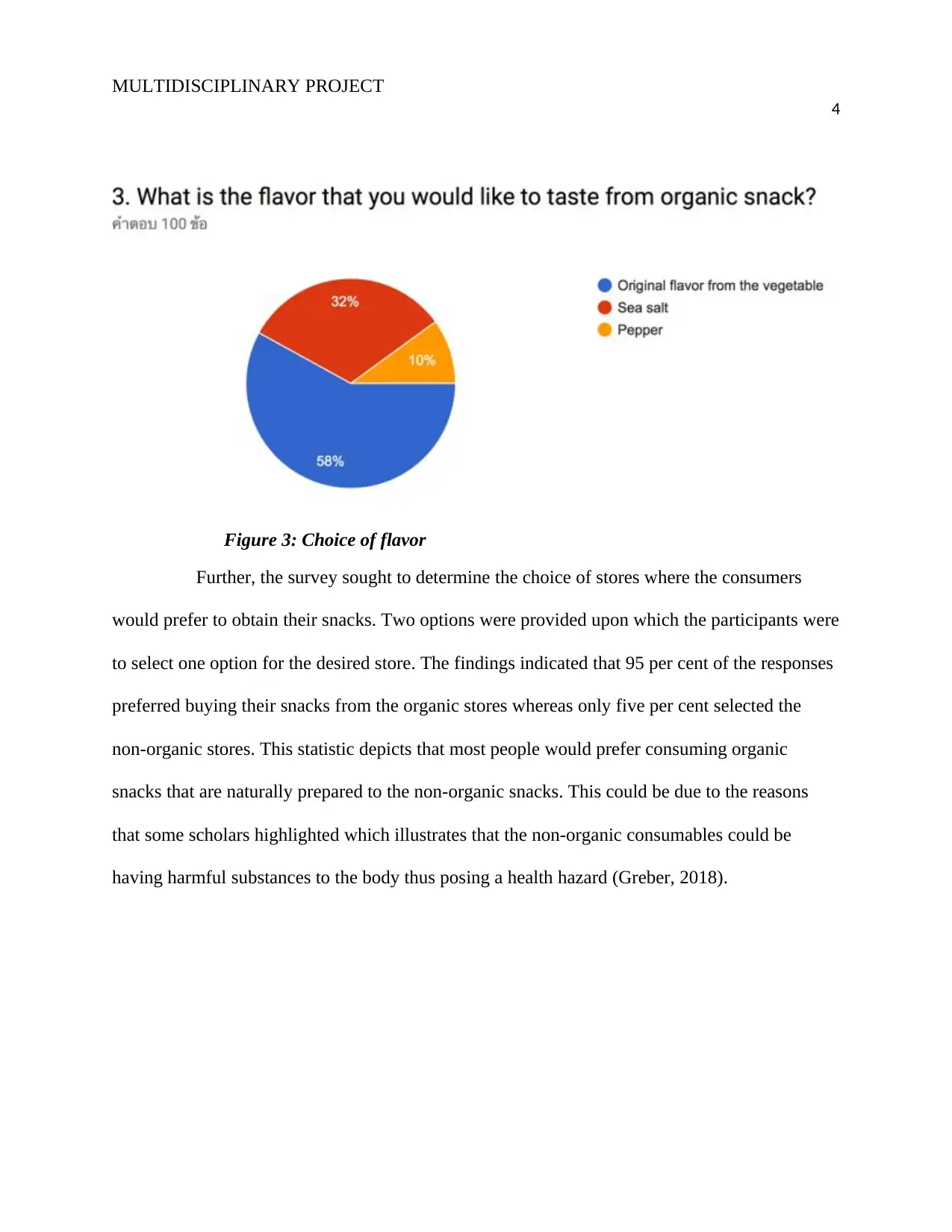
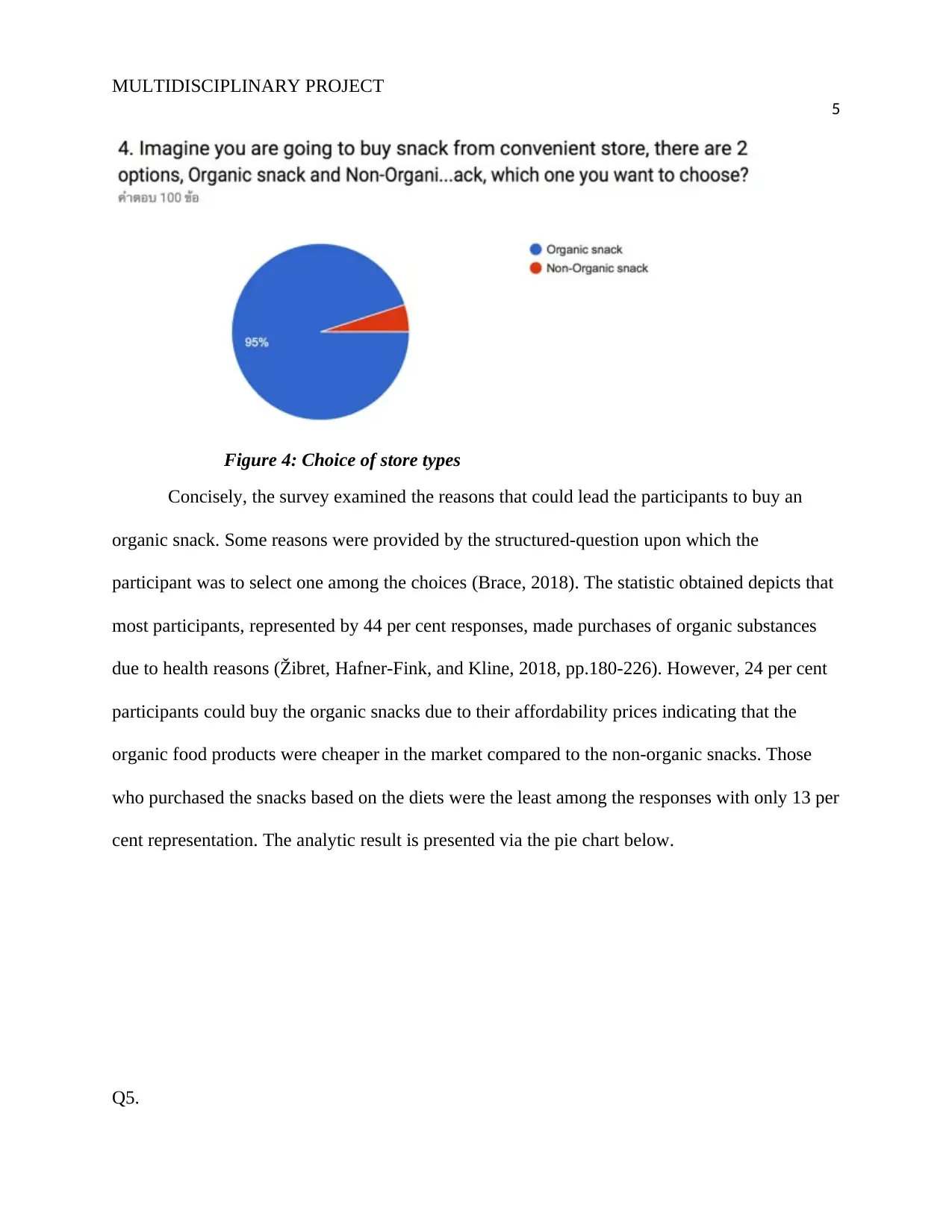
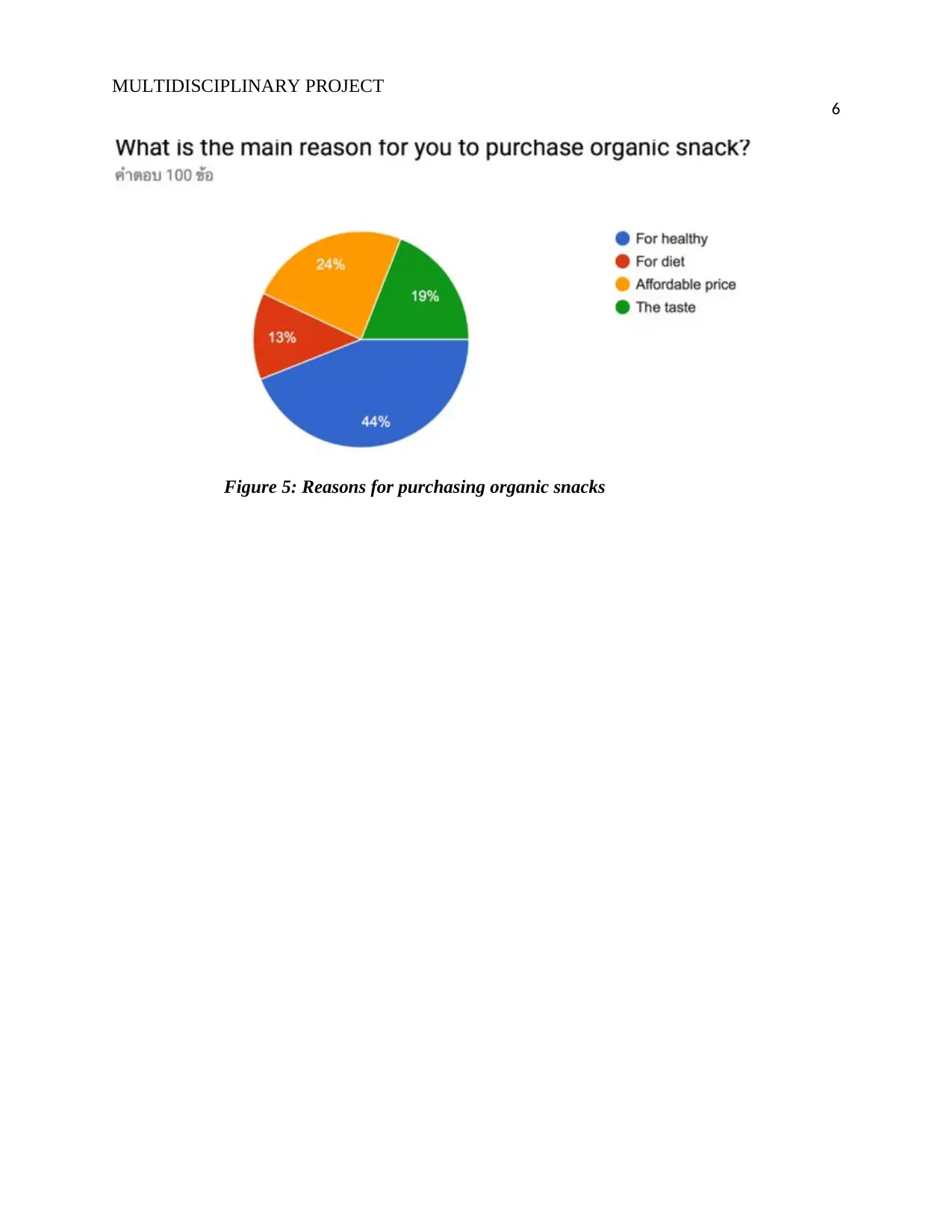
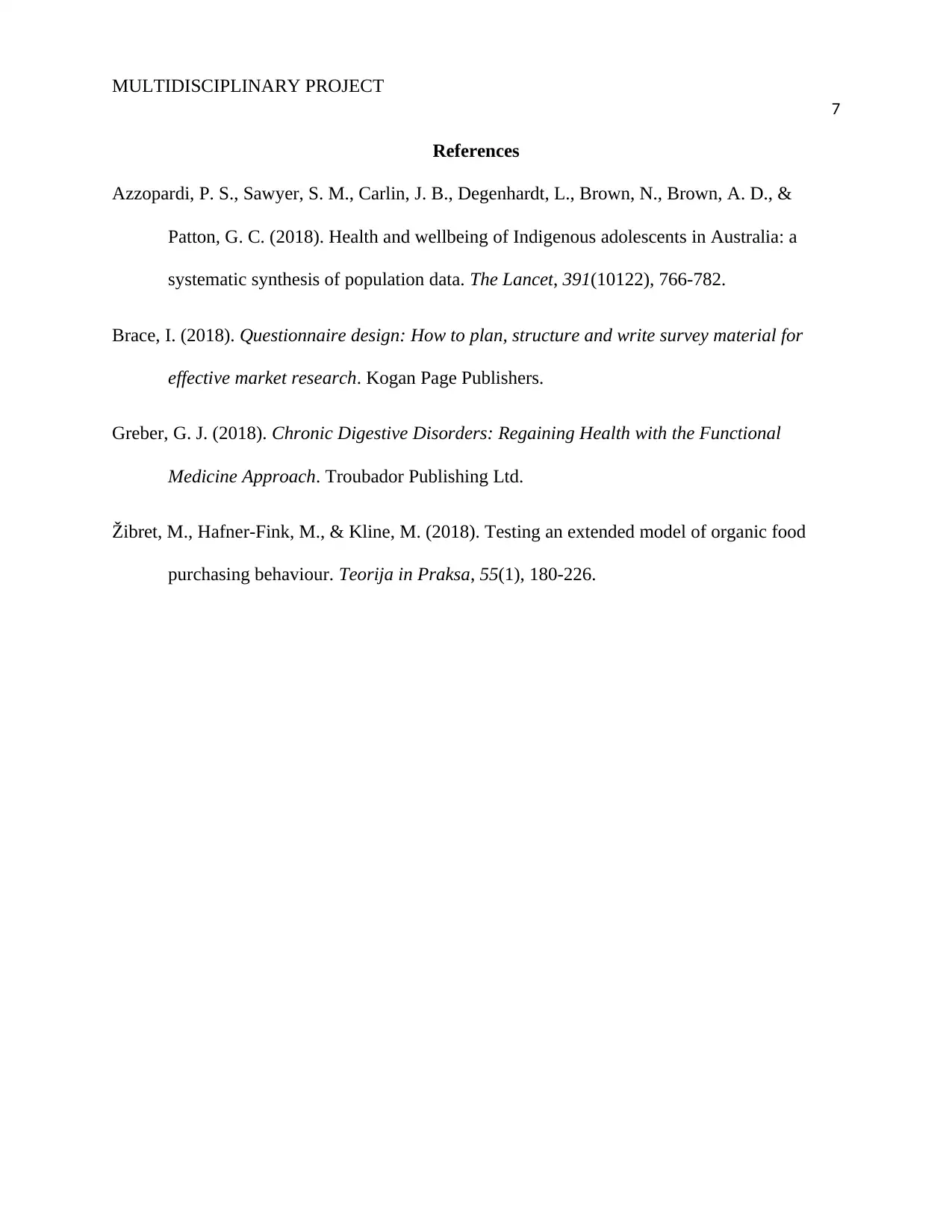


![[object Object]](/_next/static/media/star-bottom.7253800d.svg)